should leylands even be considered zn 6 hardy?
davidrt28 (zone 7)
9 years ago
Related Stories
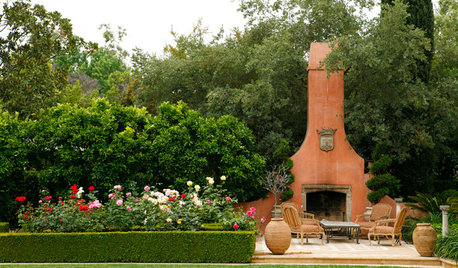
LANDSCAPE DESIGNMake Your Roses Even More Beautiful With These Companion Plants
Nourish your rosebushes and create a visual feast with these 7 classic and unexpected plant pairings
Full Story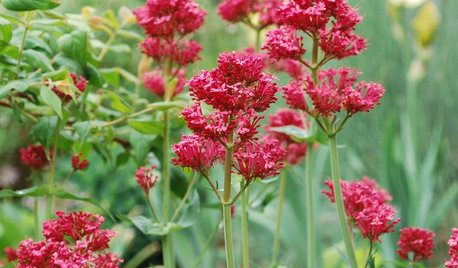
GARDENING GUIDES6 Lovely Water-Wise Perennials for High Altitudes
Even if your climate is cold and dry, you can still celebrate spring with these hardy and colorful perennials
Full Story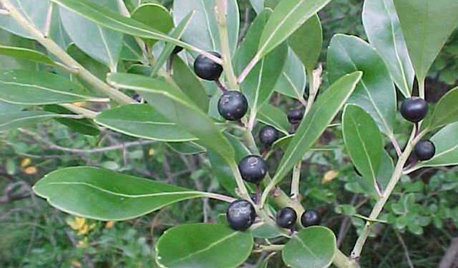
FLOWERS AND PLANTSEasterners: Consider This Native Alternative to Boxwood
Inkberry, or Ilex glabra, excels as a foundation plant or formal hedge perfectly suited to the East Coast
Full Story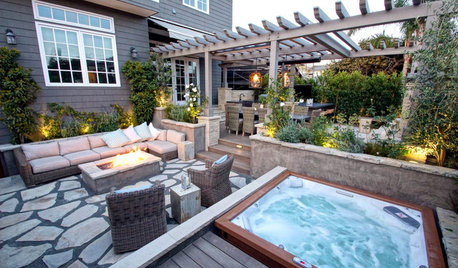
PATIOS10 Reasons to Consider a Sectional for Your Outdoor Space
Pull together your patio or deck with seating that's comfortable, casual and roomy
Full Story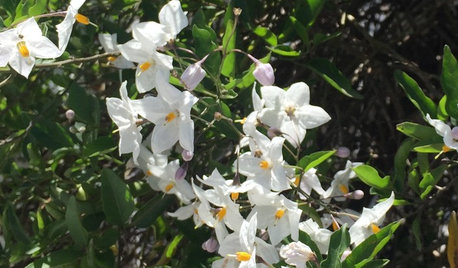
FLOWERS AND PLANTSFor a Bare Garden Wall or an Empty Corner, Consider Jasmine Nightshade
Solanum laxum has dainty white flowers and thrives in gardens where winters are mild
Full Story
GARDENING GUIDES10 Cold-Hardy Succulents for Cool-Season Interest
These attractive plants shrug off colder temperatures, and many can be brought inside in containers in extra-chilly climates
Full Story
LANDSCAPE DESIGNGreat Design Plant: Retreat to the Shade of Hardy Catalpa
Big foliage and a towering height provide a shady respite in summer, but that's not all hardy catalpa offers dedicated gardeners
Full Story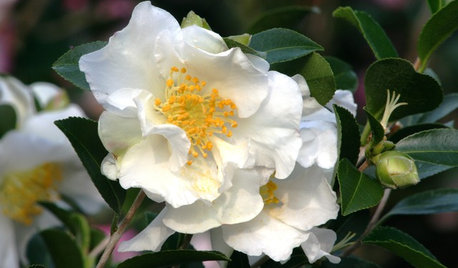
WINTER GARDENING6 Flowers for Gorgeous Winter Garden Color
Blooming beauties can be yours from January through March — just take your pick from these bulbs, shrubs and even a tree
Full Story
GARDENING GUIDES6 Wonderfully Easy Roses for Any Gardener
Look like an expert even if you're just starting out, with these low-maintenance gems of the rose world
Full Story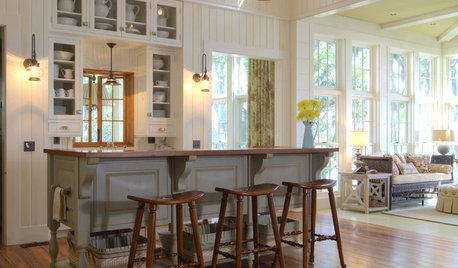
KITCHEN DESIGN9 Flooring Types for a Charming Country Kitchen
For hardiness and a homespun country look, consider these kitchen floor choices beyond brand-new wood
Full Story








hairmetal4ever
ken_adrian Adrian MI cold Z5
Related Professionals
New Mexico Landscape Architects & Landscape Designers · Mooresville Landscape Contractors · Woburn Landscape Contractors · Allentown Landscape Contractors · Concord Landscape Contractors · Davidson Landscape Contractors · Fort Myers Landscape Contractors · Madera Landscape Contractors · McLean Landscape Contractors · Miller Place Landscape Contractors · New Braunfels Landscape Contractors · Northport Landscape Contractors · Old Saybrook Landscape Contractors · Porterville Landscape Contractors · Forest Hill Landscape Contractorsdavidrt28 (zone 7)Original Author
davidrt28 (zone 7)Original Author
sc77 (6b MA)
davidrt28 (zone 7)Original Author
StGuaposFire
coachjohnsonlp
sc77 (6b MA)
hairmetal4ever
hairmetal4ever
edlincoln
bengz6westmd
davidrt28 (zone 7)Original Author
pineresin
davidrt28 (zone 7)Original Author